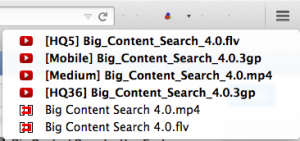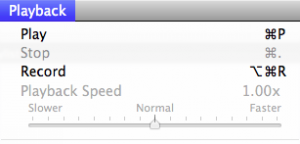Review
A very long and fascinating read about one of the great American industrialists and/or Robber Barons. The book is brilliantly written, putting you at the center of The Gilded Age. Although it’s very long, never once was I bored and many times looked forward to reading and immersing myself into the late 19th and early 20th Century.
Besides Rockefeller and his family, you will read about many other, well known people that shaped the US (and the world) as we know it today: Andrew Carnegie, J.P. Morgan, Henry Ford, Cornelius “Commodore” Vanderbilt, Joseph Pulitzer, Baron Alphonse de Rothschild, Lelan Stanford, Sigmund Freud, James Joyce,…
A very enjoyable read and something to keep you company for a few weeks, if not months. Besides great storytelling there is also some surprisingly relevant business advice which I’ve compiled below.
Summary
John D. Rockefeller drew strength by simplifying reality and strongly believed that excessive reflection upon unpleasant but unalterable events only weakened one’s resolve in the face of enemies.
“A man of words and not of deeds is like a garden full of weeds.”
Searching for oil was wildly unpredictable, whereas refining seemed safe and methodical by comparison. Before too long, he realized that refining was the critical point where he could exert maximum leverage over the industry.
One of Rockefeller’s strengths in bargaining situations was that he figured out what he wanted and what the other party wanted and then crafted mutually advantageous terms.
“Success comes from keeping the ears open and the mouth closed.”
On employees: At first, he tested them exhaustively, yet once he trusted them, he bestowed enormous power upon them and didn’t intrude unless something radically misfired.
Part of the Standard Oil gospel was to train your subordinate to do your job.
“Has anyone given you the law of these offices? No? It is this: nobody does anything if he can get anybody else to do it… As soon as you can, get some one whom you can rely on, train him in the work, sit down, cock up your heels, and think out some way for the Standard Oil to make some money.”
He was always careful to couch his decisions as suggestions or questions.
Standard Oil created demand as well as satisfied it, and its obliging agents helped consumers clean lamps and burners to enhance their use.












